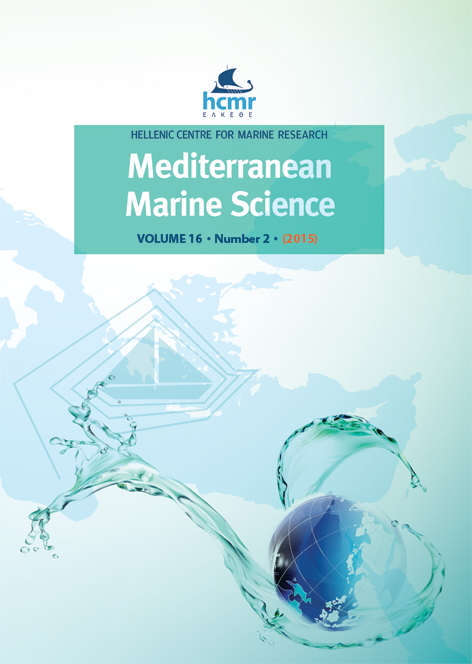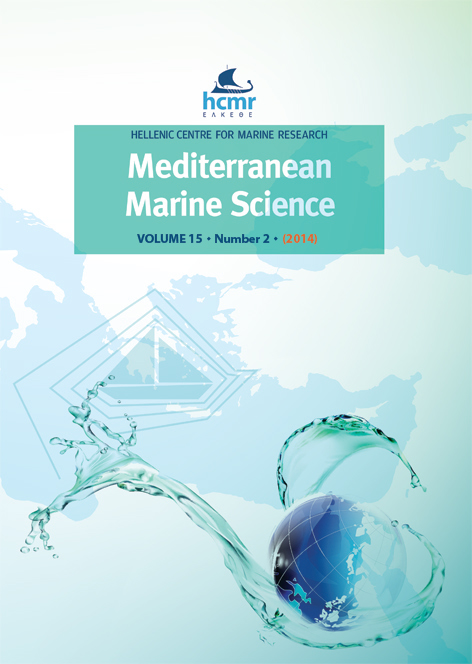Biological response to geochemical and hydrological processes in a shallow submarine cave

Abstract
The Croatian coastal karst abounds in submerged caves that host a variety of environmental conditions depending on the geomorphology, depth and submarine groundwater discharge. One example is the Y-Cave, a shallow, mostly submerged, horizontal cave on Dugi Otok Island, on the eastern Adriatic coast. This study was aimed at examining the temporal and spatial variability of the marine cave environment, including temperature, salinity, light intensity, cave morphology and hydrodynamism, along with the dissolutional effect caused by the mixing of sea and freshwater. The general distribution of organisms in the Y-Cave was positively correlated to the light gradient and reduced water circulation, thus the highest species diversity and abundance were recorded in the front part of the cave. The phylum Porifera was the most dominant group, and the poriferan species diversity in the cave ranks among the ten highest in the Mediterranean. The middle part of the cave, although completely dark, hosts an abundant population of the gastropod Homalopoma sanguineum and clusters of the gregarious brachiopod Novocrania anomala, whose presence could be connected to tidal hydrodynamics. The absence/scarcity of sessile marine organisms and pronounced corrosion marks at shallow depths inside the cave suggest a freshwater impact in the upper layers of the water column. A year long experiment with carbonate tablets revealed three different, independent ongoing processes affected by the position in the cave: bioaccumulation, dissolution and mechanical erosion. The results of long-term temperature readings also revealed water column stratification within the cave, which was not disturbed by either tidal or wave action. The shallow, partly submerged and relatively small Y-Cave is characterised by a suite of complex environmental conditions, which, together with the resulting distribution of organisms, are unique to this cave.
Article Details
- How to Cite
-
RADOLOVIĆ, M., BAKRAN-PETRICIOLI, T., PETRICIOLI, D., SURIĆ, M., & PERICA, D. (2015). Biological response to geochemical and hydrological processes in a shallow submarine cave. Mediterranean Marine Science, 16(2), 305–324. https://doi.org/10.12681/mms.1146
- Issue
- Vol. 16 No. 2 (2015)
- Section
- Research Article
Authors who publish with this journal agree to the following terms:
- Authors retain copyright and grant the journal right of first publication with the work simultaneously licensed under a Creative Commons Attribution Non-Commercial License that allows others to share the work with an acknowledgement of the work's authorship and initial publication in this journal.
- Authors are able to enter into separate, additional contractual arrangements for the non-exclusive distribution of the journal's published version of the work (e.g. post it to an institutional repository or publish it in a book), with an acknowledgement of its initial publication in this journal.
- Authors are permitted and encouraged to post their work online (preferably in institutional repositories or on their website) prior to and during the submission process, as it can lead to productive exchanges, as well as earlier and greater citation of published work (See The Effect of Open Access).





